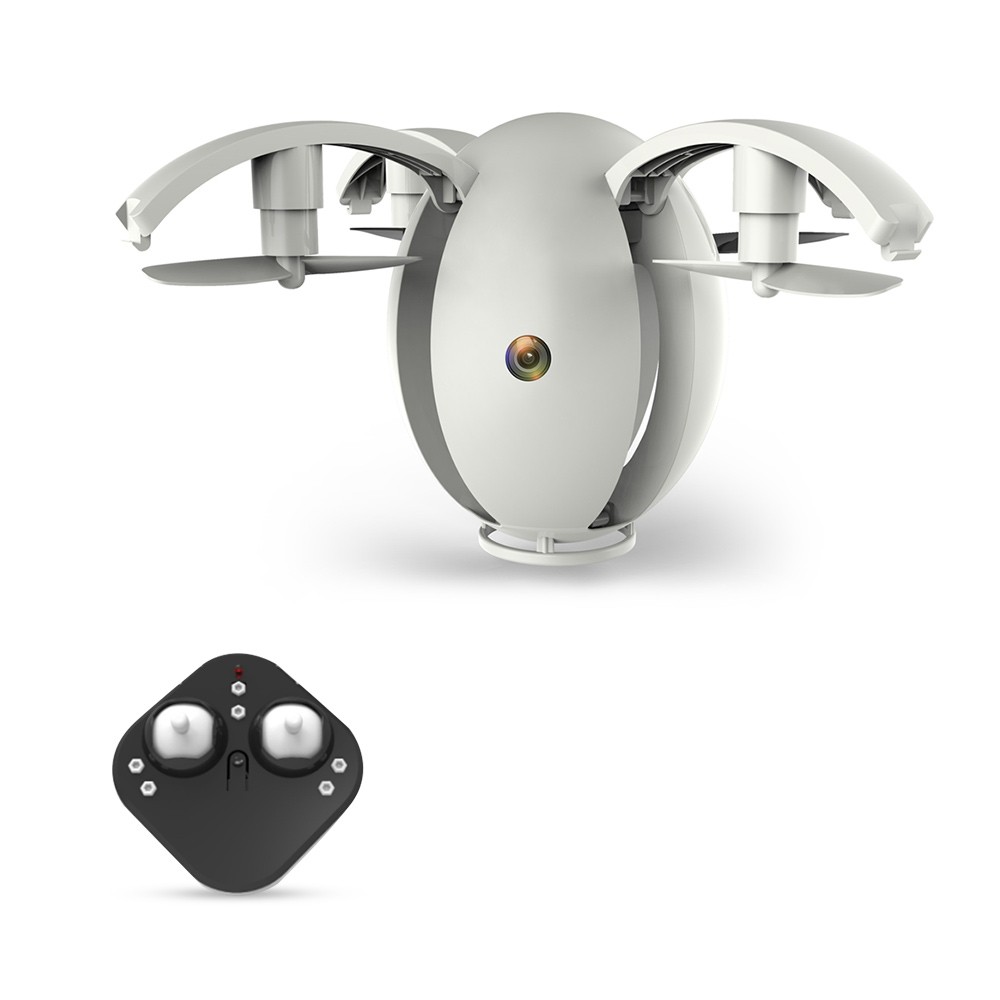Managers are aware that measures impact performance, but they don’t put measurement into practice. For example, executives propose new strategies along with innovative operational process designed to attain a breakthrough performance. However, they employ the traditional interim financial indicators to measure ROI, increase in sales, and operating income.
The managers hardly think of creating new measures to monitor the new processes and goals. They even don’t think whether their traditional measures are applicable to gauge new initiatives.
Importance of effective measurement
Effective measurement needs to be a vital part in management process. Executives gain an overall framework, which defines a strategic goal of the business into a structure of reasoned performance measures.
What is BSC?
BSC or balanced scorecard is a strategic planning & management program, which an organization can use to –
- Reveal what their intentions are to accomplish
- Prioritize products, projects and services
- Align daily work among the employees
- Measure and keep track of the development towards strategic goals
They program is a bridge between the big picture including multiple strategy elements.
- Mission – Purpose
- Vision – Aim
- Core values – Belief
- Focus areas – Themes and results
- Constant enhancement activities – Of operational elements
- Measures – KPIs to track performance
- Targets – Desired performance level
- Initiatives – Projects, which help to reach targets
Difference between traditional and BSC reports
Traditional strategy concentrates on what took place in the last project. Moreover, the managers don’t get any idea on which metric to improve in their next project. On the other hand, scorecard works as the foundation of your organization’s existing and future success. Balanced measure structure encourages the managers to attain goals in future without compromising key success factors. Moreover, it serves as a focal point for defining and talking about priorities to investors, managers, employees, and consumers.
BSC program differs, so businesses need to devise their customized scorecard software to suit their mission, technology, culture, and strategy.
How to find the right scorecard? An example
To test the success of your scorecard, just look at the 15 to 2 measures configured. The one through which an observer gets an idea of the organization’s competitive strategy is the right one. For example, ABC computers developed a BSC for senior management to develop strategy, which would raise negotiations further than gross margin, equity returns, and market share. The ABC’s executive team opted to focus on the 4 perspectives measurement categories including multiple measures within each.
- Financial perspective – Shareholder value got emphasized
(This metric helps to quantify the proposed investments impact on business formation and development)
- Internal process perspective – Fundamental competencies
(Employees need to concentrate on key competencies like powerful software architecture, user friendly interface, and efficient distributive system)
- Customer perspective – Customer satisfaction and market share
(To orient employees in becoming customer driven company by designing better computers and to lead the competition)
- Creativity & enhancement perspective – Attitude of the employee
(You get to recognize the employee’s knowledge, commitment, and alignment towards the company’s strategy)
These performance indicators served ABC Computers as a planning tool and not control device. They even discovered that BSC has helped to develop a lingo on how to initiate and leverage programs.



